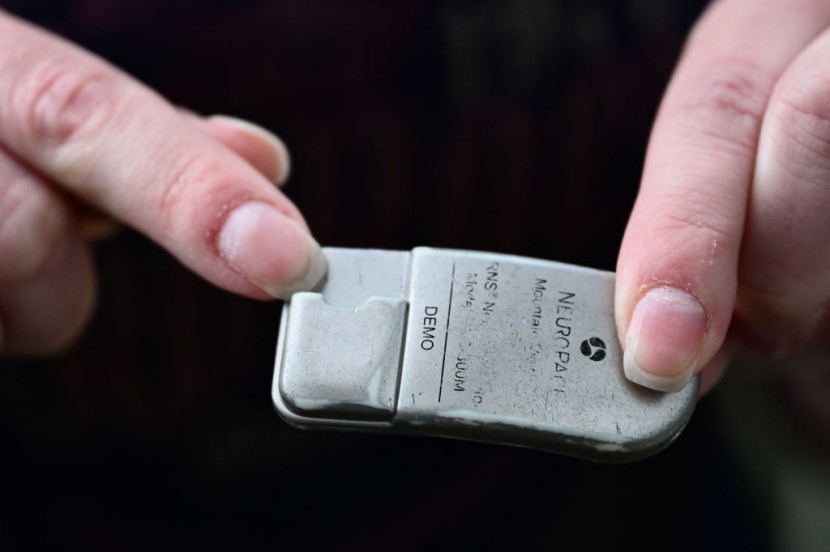An American woman, identified as Amber Pearson, made history after receiving a brain implant meant to treat her epilepsy and OCD.
Pearson, who has been tormented by the relentless grip of obsessive-compulsive disorder (OCD), used to wash her hands until they bled. The American woman's journey with the 32-millimeter brain implant started as a solution for her epileptic episodes.
Brain Implant To Treat Epilepsy and OCD

She proposed the innovative idea of incorporating treatment for her OCD by leveraging the implanted device during the procedure at Oregon Health and Science University. Then, neurosurgeon Ahmed Raslan collaborated with the patient to study the specific brain activity that was linked to her OCD.
By exposing the American woman to stressors and recording electrical markers, they were able to isolate the signals associated with obsessive behavior. The brain implant was then tailored to respond specifically to these signals.
The dual-program brain implant to treat Pearson marks a global first and simultaneously addresses her epilepsy and OCD. Raslan highlighted that the uniqueness of the device, with independent programs for each condition, is a breakthrough that he believes originated from the American woman's own perspective, as per WION News.
Raslan also emphasized that the groundbreaking new approach arose from a patient's insight, which defied conventional thinking where devices are typically designated for either OCD or epilepsy, but not both.
Read Also : Elon Musk Announces Successful Brain Chip Implant in Neuralink's First Human Test Subject
Now, a study is underway at the University of Pennsylvania to explore the broader application of the groundbreaking new technique. The researchers' objective is to extend hope to the roughly 2.5 million Americans who are struggling with OCD.
After Pearson's 2019 procedure, she faced an eight-month wait before noticeable changes occurred in her daily life. Over time, the once all-consuming rituals that dominated her mind started to recede.
Unique New Technique
In an interview, the 34-year-old American woman said that she is now actually present in her daily life, calling the situation "incredible." She argued that prior to the procedure, she would constantly worry in her head about her compulsions, according to Science Alert.
Brain implants have largely hit the headlines, with the most recent being billionaire entrepreneur Elon Musk's announcement that his Neuralink company placed a chip in a patient's head. Scientists hope that the implant will ultimately allow people to control a smartphone just by thinking about controlling it.
However, the idea of inserting a device into a person's brain is not new, and doctors have, for decades, known that precisely applied electrical stimulation can affect the way that a brain operates.
There are medical professionals who use such deep-brain stimulation in the treatment of Parkinson's disease and other conditions that affect movement, including epilepsy. While Raslan said that there had been previous studies about the use of deep brain stimulation to treat OCD, it has never been combined with epilepsy treatment.
He added that it is currently the only device in the world that treats two different conditions. He added that it is programmed independently. This means that the program for epilepsy is different from the program for OCD, said the Daily Tribune.
Related Article: Gene Therapy Offers Hope for People With Hereditary Swelling Disorder








